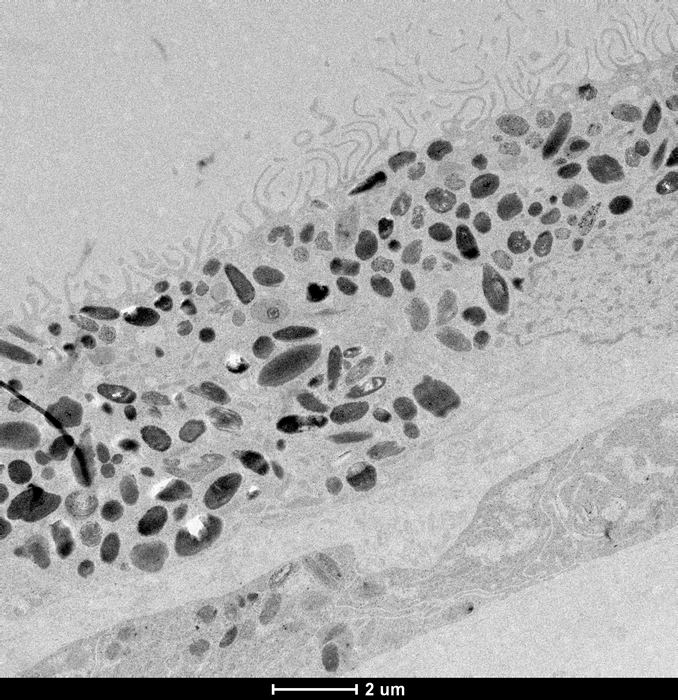Research
Charting a genetic path to save sight
CERA is part of a collaboration paving the way towards new, precision treatments for AMD and glaucoma by identifying the genetic signatures of each disease.
Genes, the biological instructions that tell cells how to operate, play a crucial role in the human body.
However, genes are also fundamental to many diseases, and specific genes are often associated with particular disorders.
Identifying the genes linked to a condition can guide researchers to improve current treatments, as well as the development of whole new therapies.
This idea has driven the research of CERA’s Principal Investigator Clinical Genetics Professor Alex Hewitt.
“We have been building a program of research where we’re interested in stem cell studies to model disease at a very large scale to do screening for future clinical trials,” says Professor Hewitt.
“This work is the culmination of contributions from many research teams around Australia, and we are grateful for our close collaborations, particularly with Professor Alice Pébay, who is based at the University of Melbourne and Professor Joseph Powell from the Garvan Institute of Medical Research.”
By transforming one type of cell into another, Professor Hewitt and his collaborators hope to one day match people living with age-related macular degeneration (AMD) and glaucoma to new, emerging treatments.
AMD identified
AMD – the progressive deterioration of the macula which can lead to the loss of central vision – is an important target for research.
While the ‘wet’ version of the condition can be stabilised with regular injections, there is currently no treatment for ‘dry’ AMD.
With a wave of potential new treatments now coming close to clinical trials, identifying genes associated with the disease can point researchers towards the treatment most effective for any individual patient.
To find these genes, researchers compare healthy tissue to that of someone affected by the disease, but collecting samples would typically require a very invasive procedure.
Instead, the team took skin samples from both healthy people and those with late‑stage AMD.
Both sets were reprogrammed to become induced pluripotent stem (IPS) cells, which were then guided to become retinal pigment epithelium cells — the cells affected in AMD.
Comparing 127,600 cells revealed 439 molecular signatures associated with AMD, with 43 of those being potential new gene variants.

Glaucoma detailed
The team have also used the same technique with people affected by primary open angle glaucoma.
Retinal ganglion cells – which transmit visual information from the eye to the brain via the optic nerve – are essential for vision.
In glaucoma, the gradual damage and death of these cells leads to a progressive, irreversible decline in sight.
By comparing stem cell models of the retinal ganglion cells of people with primary open angle glaucoma to those without the disease, the team uncovered more than 300 novel genetic features.
“Glaucoma is often an inherited condition, and comparing diseased retinal ganglion cells with healthy one is an effective way to increase our understanding of the mechanisms that contribute to vision loss,” says Professor Hewitt.
Professor Hewitt says the research provides hundreds of new targets for researchers developing new drugs to treat glaucoma.
“Current therapies are limited to slowing vision loss by reducing pressure in the eye – but they do not work for all patients and some people continue to lose many retinal ganglion cells and vision despite having normal eye pressure.”
“The rich source of genetic information generated by this research is an important first step towards developing new treatments that go beyond lowering eye pressure, and can reverse damage.’’
Read the research
Daniszewski et al. Retinal ganglion-cell specific regulation in primary angle open glaucoma, Cell Genomics (2022) https://doi.org/10.1016/j.xgen.2022.100142
Senabouth et al. (2022) Transcriptomic and proteomic retinal pigment epithelium signatures of age-related macular degeneration, Nature Communications https://www.nature.com/articles/s41467-022-31707-4
CERA is grateful to the generous philanthropy of the Joan and Peter Clemenger Foundation and the estate of the late Philip Neal, which funded essential infrastructure to support our IPS research.
